The following tutorial is conducted through the Binance wallet and shares all current tips in a beginner-friendly manner.
1. Prepare funds: If you have multiple accounts to score, prepare more than 1030u and 0.01bnb (about a few u) for each account. I prepare 1030u and 0.01bnb for each account because as long as the balance points are greater than 1000 points, you can accumulate 2 points. Accumulating 3 points requires 10,000u, which is not cost-effective for multiple accounts, so a bit more than 1030u is the optimal solution (single account and wealthy users can do as they please).

2. Entrance: Click the bottom menu — Market — Alpha — Go
(It is not recommended to enter from other places, as there are many new beginners in the circle, and web3 wallets are decentralized. If you enter from other places, you may encounter fake tokens, which will ultimately lead to losses, so caution is advised)
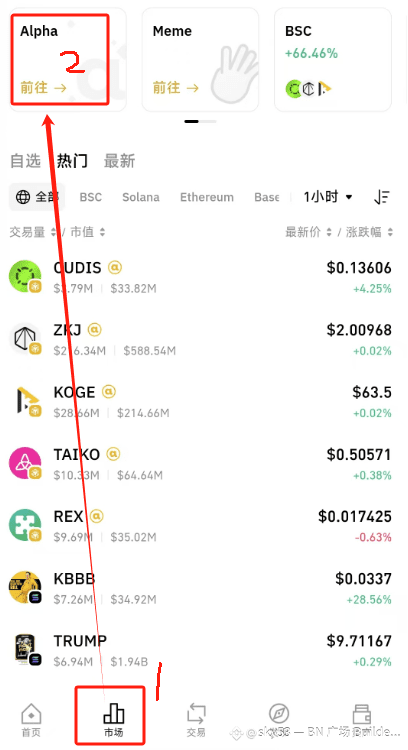
3. Choose the token for scoring: After entering the Alpha area, it is recommended to choose tokens on the BSC chain for scoring, as you can enjoy double points support (which means scoring 1000u is equivalent to 2000u on other chains)
Here, as shown, directly select BSC — Market cap from high to low — Choose a high market cap and high trading volume token, such as $ZKJ, and then click buy
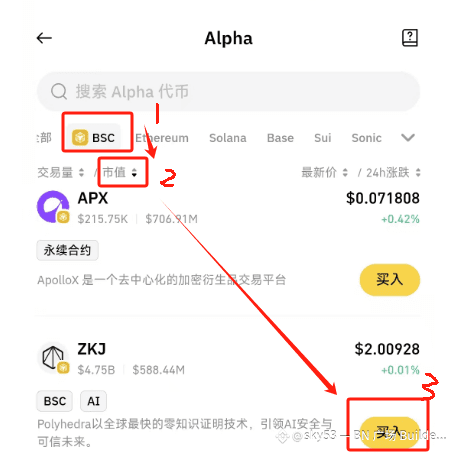
4. Start U to token exchange: Since scoring 1024U gives 10 points, currently scoring 16,000u is the most cost-effective tier, so I will directly set the buy amount to 1030U, then check whether MEV protection is enabled. I usually choose PCS Hub as the path, of course, you can also let the system recommend by default. After confirming there are no errors, click exchange.
(Here is a small trick to judge market fluctuations. For example, if the slippage is the system default of 0.15%, this indicates there is not much fluctuation, and there will basically be no loss. If when you click exchange, the system directly defaults to a certain percentage of slippage, it indicates that the market is fluctuating wildly, and it is recommended to wait before scoring)
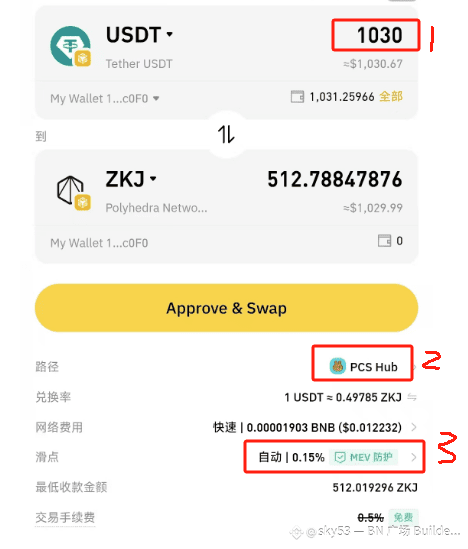
5. Choose another alpha token for token-to-token exchange. The benefits of this are:
Regular buying and selling: Buy token A — Sell token A — Buy token A — Sell token A
Token-to-token exchange: Buy token A — Token A exchanges for token B — Token B exchanges for token A
Both involve 4 operations, but the regular method only counts 2 buys, while the token exchange counts 4, thus directly doubling efficiency.
For example, $KOGE
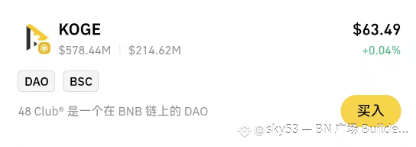
6. After waiting for the transaction to complete, just click the switch button, then click all, and continue exchanging.
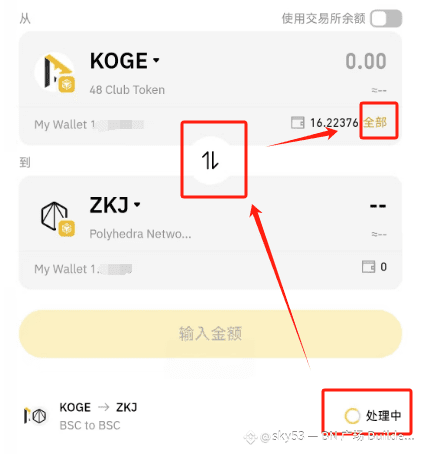
Confirm that MEV protection must be enabled.
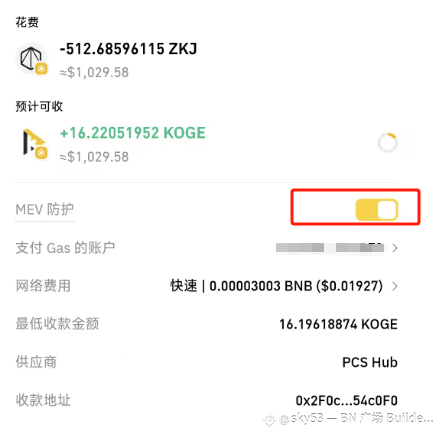
7. Summary:
Buying U for zkj counts as the first transaction.
Exchanging zkj for koge is the second transaction.
Exchanging koge for zkj is the third transaction.
Exchanging zkj for koge is the fourth transaction.
Exchanging koge for zkj is the fifth transaction.
Exchanging zkj for koge is the sixth transaction.
Exchanging koge for zkj is the seventh transaction.
Exchanging zkj for koge is the eighth transaction.
2050x8=16400
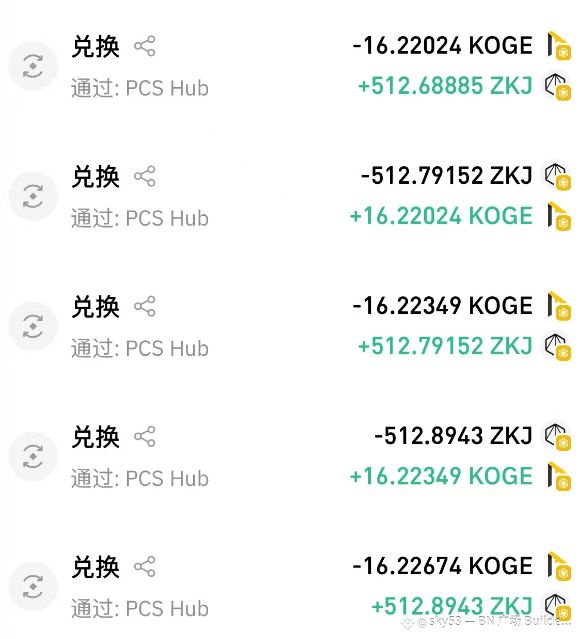
If you score 1.6wu, you can earn 14 points from trading volume daily, plus 2 points from balance, giving you a total of 16 points daily. Over 15 days, this equals 240 points, which can meet all current airdrop requirements.
8. Share some tips:
When you can claim points, first check how many tokens you can claim, then exit and search for this token in the search bar to see the unit price. The unit price x quantity will give you the amount after selling. Generally, I think amounts above 70u are worth it, but for the ETH chain, try to avoid peak hours for claiming, unless the amount is very high.